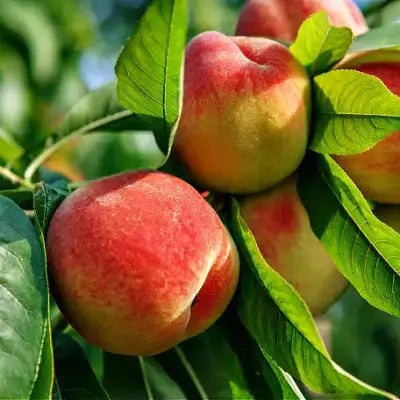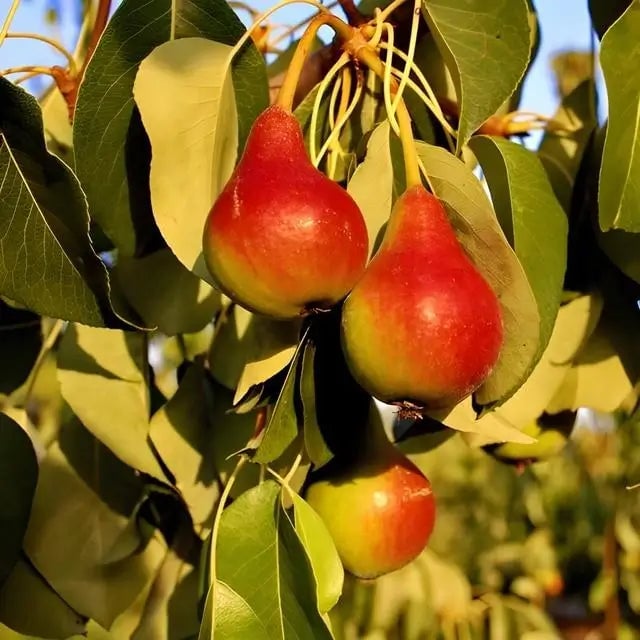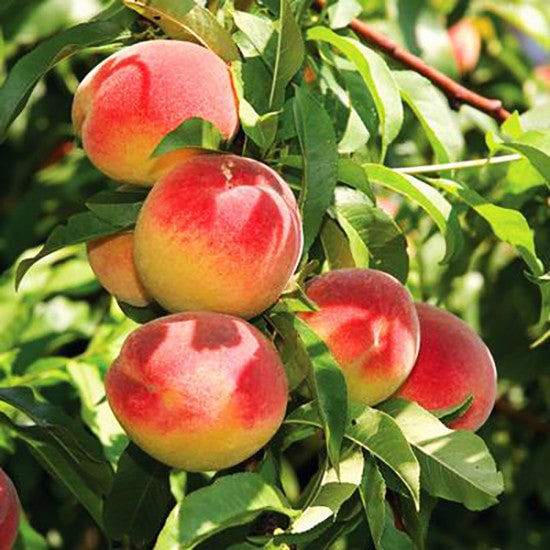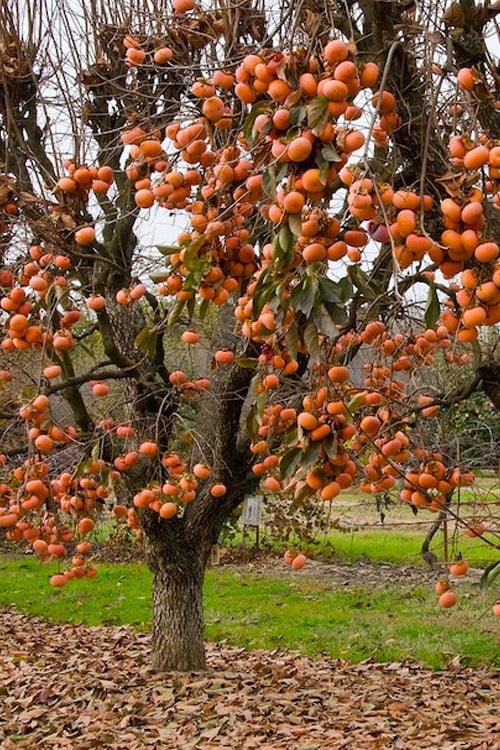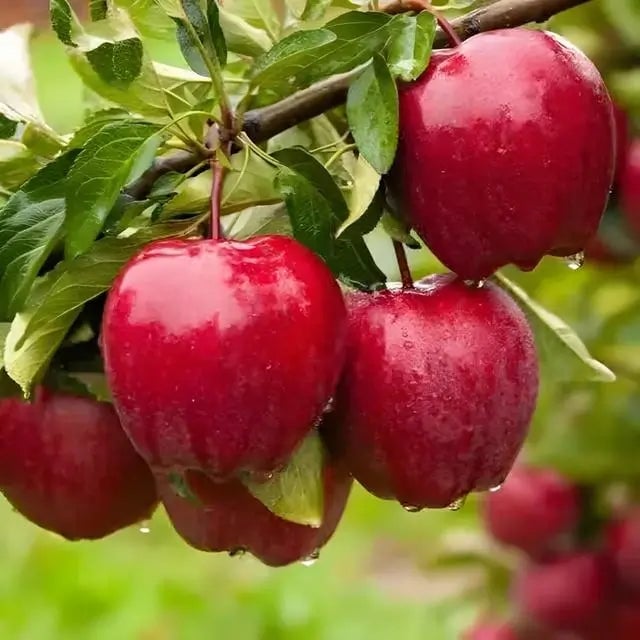Fruit trees, becoming a homeowner's favorite
TN Nurseries best selling fruit trees
Fruit Trees offer both shade and edibles when appropriately grown in your landscape. Lush foliage and numerous blossoms decorate most trees in the spring, with fruits developing throughout several months, depending on the species.
Line a property perimeter with several different trees or create an orchard in a garden corner. If you have a busy patio or pathway, position your trees away from the walking and lounging areas to encourage visitors to view the complex landscape from afar.
Apple trees, for example, can grow as tall as 20 or 30 feet unless you plant a dwarf or semi-dwarf variety. Select an area far from any structures to avoid branch entanglement with the roof or walls. The intended site, once established, must be free of competing plants, such as grass.
Scoop some soil up with your hands and feel the texture. A damp soil that slowly tumbles to the ground is considered well-drained and perfect for your new trees. Peach trees, in particular, cannot tolerate soggy soil and may fail to fruit.
Cherry Tree
Some varieties, like cherry trees, require cross-pollination to fertilize flowers and produce fruit. In these cases, you need a nearby cherry tree to provide pollen transfer through insect activity. Space your trees, so they have enough canopy space to spread out without shading lower branches. A tree in another yard can suffice as a pollinator, but it should not be further than 100 feet from your tree. Bees conserve energy as they collect nectar and closely spaced trees encourage rapid pollination.
A full sunlight location is imperative for lush foliage growth, photosynthesis, and future fruit development. Pear trees, for example, use their dense canopies to generate energy and pull soil moisture up into the branches for fruit growth.
Because apricots are difficult to ship without bruising, raising your apricot trees allows you to enjoy the fruits right off the branches. Keep your tree watered with a drip irrigation system instead of lawn sprinklers. Water trickles into the soil to avoid excessive evaporation while the trunk, leaves, fruits, and blossoms remain dry. If you mulch around your tree, maintain a 12-inch open space between the trunk and mulch line. Organic mulches, like shredded bark, add critical nutrients to your soil for active fruit development.
Landscaping with fruit trees provides years of fruit for family and friends. Select your favorite juicy fruits for raw eating and cooking throughout the year.
Buy Fruit trees at TN Nursery
Read more
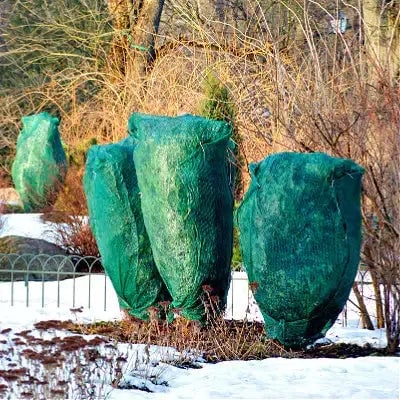
When it comes to preserving plants in the winter, few options are available to restore plants fully. Many gardeners plant directly after the winter passes, but a frosty atmosphere may stick a...
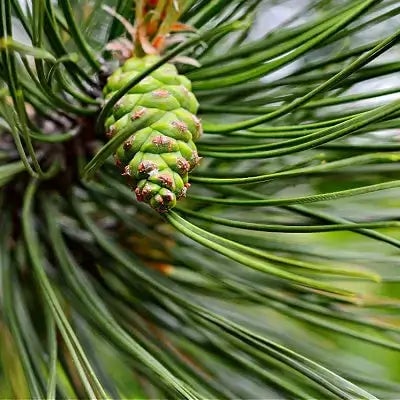
TN Nurseries best selling Pine trees Loblolly Pine Virginia Pine Shortleaf Pine Pitch Pine Loblolly Pine Tree Seedlings are perfect for restoration plantings. The Lob...


